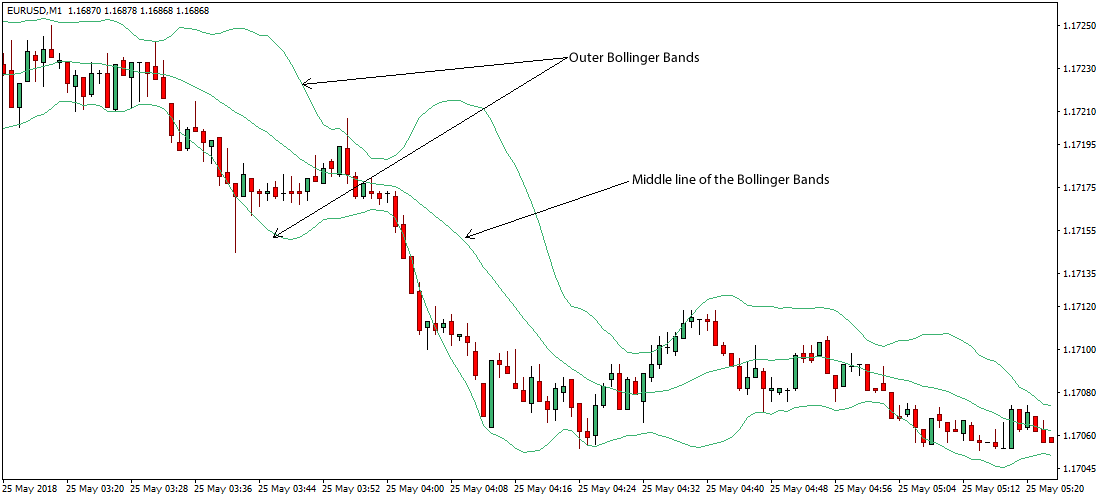Content

Preparing an unadjusted trial balance is the fourth step in the accounting cycle. A trial balance is a list of all accounts in the general ledger that have nonzero balances. trial balance format debit and credit list A trial balance is an important step in the accounting process, because it helps identify any computational errors throughout the first three steps in the cycle.

When a trial balance is prepared, it has two sides – a debit side and a credit side. The one rule for a trial balance is that the value on its credit side must match the value on its debit side. This is for the reason to ensure that the values are correct and can be used further in the books of accounts.
This type of error can only be found by going through the trial balance sheet account by account. A trial balance sheet is a report that lists the ending balances of each account in the chart of accounts in balance sheet order. Bookkeepers and accountants use this report to consolidate all of the T-accounts into one document and double check that all transactions were recorded in proper journal entry format. I also work in Procas, which is a double entry journal system; as basic as you get, but approved for government accounting. Even Procas produces a trial balance showing beginning balance, debits, credits, and end balance. This should be a standard report format for all trial balances across all platforms, and right now Quickbooks seems to be the only platform not prividing this.
The Difference Between a Trial Balance and a General Ledger
Total expenses are subtracted from total revenues to get a net income of $4,665. If total expenses were more than total revenues, Printing Plus would have a net loss rather than a net income. This net income figure is used to prepare the statement of retained earnings. An income statement shows the organization’s financial performance for a given period of time. When preparing an income statement, revenues will always come before expenses in the presentation.
In case the sides turn out to be unequal, there must be a reason for that. If the debit and credit columns equal each other, it means the expenses equal the revenues. This would happen if a company broke even, meaning the company did not make or lose any money. If there is a difference between the two numbers, that difference is the amount of net income, or net loss, the company has earned. Next you will take all of the figures in the adjusted trial balance columns and carry them over to either the income statement columns or the balance sheet columns. Remember that the balance sheet represents the accounting equation, where assets equal liabilities plus stockholders’ equity.
How to Read a Trial Balance Report
The debit should have been to the utilities expense account, but the trial balance will still show that the total amount of debits equals the total number of credits. Presentation differences are most noticeable between the two forms of GAAP in the Balance Sheet. Under US GAAP there is no specific requirement on how accounts should be presented. Liquidity refers to how easily an item can be converted to cash. IFRS requires that accounts be classified into current and noncurrent categories for both assets and liabilities, but no specific presentation format is required.
- Each line item only contains the ending balance in an account.
- This person uses it as part of the month-end and year-end closing process, to ensure that the debit and credit totals match.
- Expert advice and resources for today’s accounting professionals.
- For Printing Plus, the following is its January 2019 Income Statement.
- You’ll want to open the transaction detail of your account to see the net activity, opening, and ending balance.
That is because they just started business this month and have no beginning retained earnings balance. We now consider the last two columns for the balance sheet. In these columns we record all asset, liability, and equity accounts. One of the most well-known financial schemes is that involving the companies Enron Corporation and Arthur Andersen. Enron defrauded thousands by intentionally inflating revenues that did not exist.
Preparation and Process
There is a worksheet approach a company may use to make sure end-of-period adjustments translate to the correct financial statements. Ending retained earnings information is taken from the statement of retained earnings, and asset, liability, and common stock information is taken from the adjusted trial balance as follows. Total revenues are $10,240, while total expenses are $5,575.
The general purpose of producing a trial balance is to ensure that the entries in a company’s bookkeeping system are mathematically correct. The trial balance is run as part of the month-end closing process. Looking at the income statement columns, we see that all revenue and expense accounts are listed in either the debit or credit column. This is a reminder that the income statement itself does not organize information into debits and credits, but we do use this presentation on a 10-column worksheet.
If not, there is an error or inaccuracy in the ledger entries. It is the primary account statement from which several financial statements like the Balance sheet or P&L or Trading and Profit & Loss account and more are prepared. At the end of an accounting period, the accounts of asset, expense, or loss should each have a debit balance, and the accounts of liability, equity, revenue, or gain should each have a credit balance. On a trial balance worksheet, all of the debit balances form the left column, and all of the credit balances form the right column, with the account titles placed to the far left of the two columns.
Why is a Trial Balance used?
This does not solve the issue as many companies (such as ours) run financials off of the trial balance. Your suggestion is great for a “spot check” – it does not fix the (lack of) functionality issue. Intuit could possibly create an update or patch that adds the report. My auditors are asking for trial balance with details of opening balance, total debit and credit and the closing balance. I am however not able to generate the trial balance in this format.
It is very important for business owners and major stakeholders to be always updated on the financial position of the business. This can be in terms of cash runway, assets owned, amount of debt owed, or other metrics. The best way to check the mathematical accuracy of the books of accounts is to create a Trial Balance. There are three different types of trial balances drawn at various accounting cycle stages. An entry could have been made in reverse, where the amount to be debited was actually credited, while the account to be credited was debited. Again, the entry would still balance, and so would not be spotted by reviewing the trial balance.
The difference between debits and credits lies in how they affect your various business accounts. We’ll assume that your company issues a bond for $50,000, which leads to it receiving that amount in cash. As a result, your business posts a $50,000 debit to its cash account, which is an asset account.

In this case, it should show the figures before the adjustment, the adjusting entry, and the balances after the adjustment. For example, assume you make a manual adjustment showing a dollar amount of both the debit and credit as $500. If the accurate dollar amount should be $300, the trial balance doesn’t identify this $200 mistake.
Money Instructor® provides comprehensive resources that empower young people and adults with practical knowledge and skills in money management, investing, business, and the economy. Our resources include engaging lesson plans, interactive lessons, worksheets, informative articles, and more. Payroll, vendor payments, corporate credit cards, smart dashboards, and so much more. Inventory is the available stock of physical idle goods with the monetary value held by the organisation in the form of raw materials, packed stock, stock in packaging, processing etc.
The trial balance is prepared after posting all financial transactions to the journals and summarizing them on the ledger statements. The trial balance is made to ensure that the debits equal the credits in the chart of accounts. When the trial balance is first printed, it is called the unadjusted trial balance. The adjusted trial balance is typically printed and stored in the year-end book, which is then archived. Finally, after the period has been closed, the report is called the post-closing trial balance.
The debit side of it includes assets, expense accounts, drawings accounts, bank balance, cash balance, purchases, sundry debtors any losses, and surpluses. In contrast, the credit side includes liabilities, capital accounts, income accounts, sundry creditors, sales, gains, and reserves. Once you identify the ledger accounts, transpose their balances accordingly in a trial balance. A trial balance is prepared by transferring data from ledger accounts. A trial balance statement has two sides – debit and credit. You have to enter data as per their nature on each side and then add them to complete your trial balance preparation.
